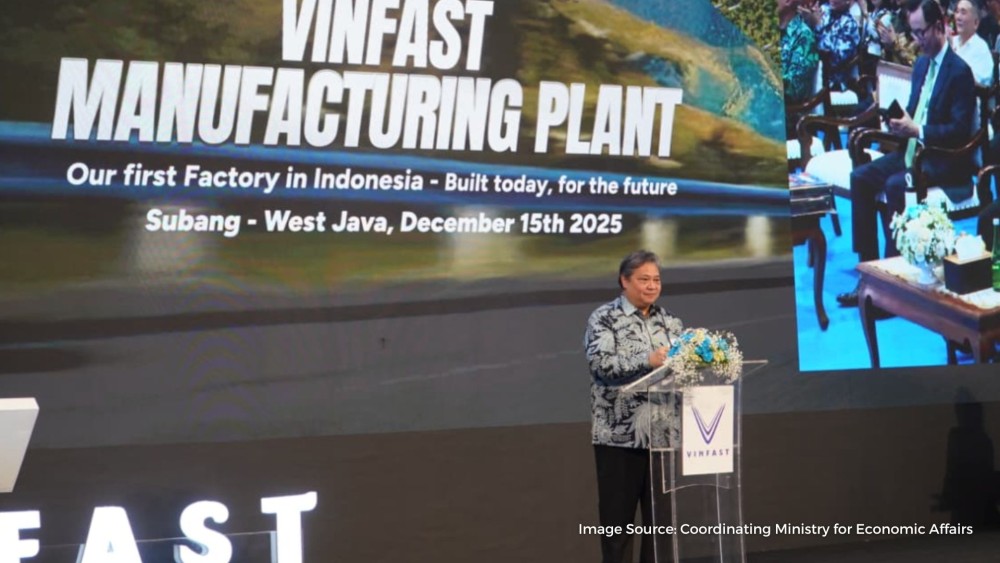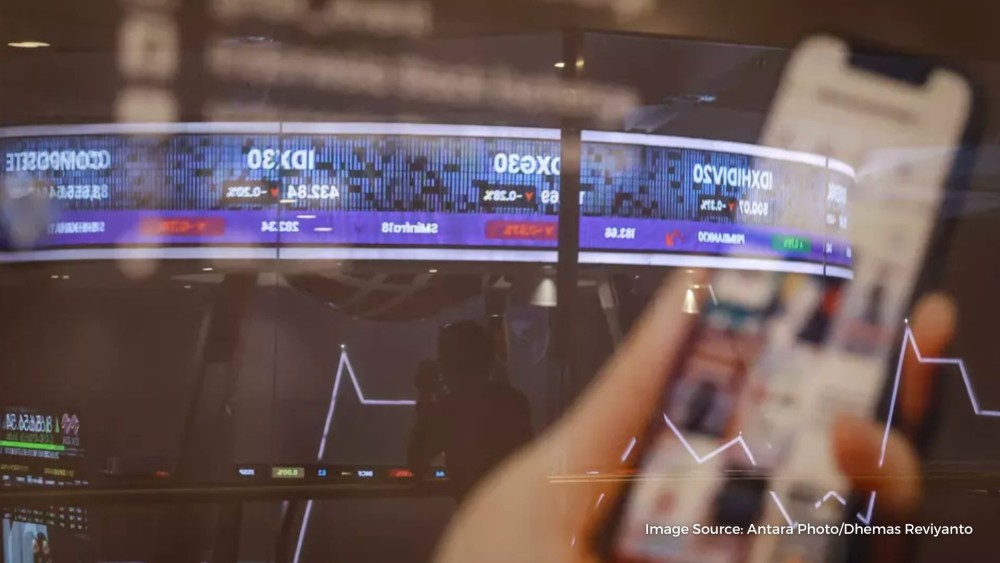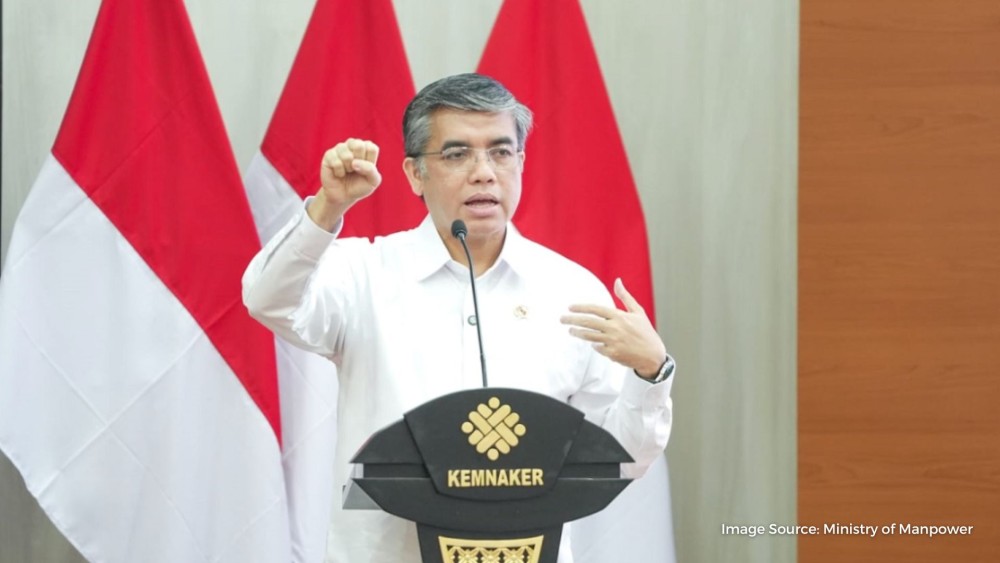Indonesia, the world’s largest exporter of thermal coal, plays a pivotal role in the global energy market—shipping a record 405 million metric tons in 2024. Palm oil, another major export at 24.2 million metric tons, is increasingly significant not only for food and agriculture but also as a cornerstone of the country’s biofuel-driven energy transition. While coal dominates, crude oil, petroleum products, and liquefied natural gas (LNG) together still contribute about 6% of Indonesia’s total export value—equivalent to around USD 15.87 billion in 2024. However, Indonesia remains a net importer of crude oil due to strong domestic demand and aging production capacity, and its LNG balance is gradually shifting toward greater domestic consumption.
According to data from the Ministry of Energy and Mineral Resources (ESDM) as of 2024, Indonesia holds 31.95 billion tons of verified coal reserves and 97.96 billion tons of geological coal resources, 4.13 billion barrels of proven oil reserves, and 51.9 trillion standard cubic feet of proven natural gas reserves.
Indonesia also boasts vast renewable energy potential. Geothermal energy is estimated at approximately 23.7–28.5 GW, while hydropower potential totals around 94 GW—comprising roughly 75 GW from large hydro and 19 GW from micro-hydro sources. Bioenergy potential is about 32.6 GW. The country’s wind energy potential is around 60.6 GW for onshore, with total (including offshore) possibly reaching 155 GW. Solar energy potential stands at approximately 207.8 GW. Ocean (including tidal and wave) energy potential is estimated at 17.9 GW, though broader assessments suggest a much higher theoretical range.
The government’s overarching strategy for the energy sector is outlined in the National Energy Policy (KEN). Issued in 2014, KEN sets a target primary energy mix for 2025 of 23% new and renewable energy (NRE), 22% natural gas, 55% coal, and 0.4% oil. As of mid‑2024, the primary energy mix remains dominated by coal at 40.37%, followed by oil at 28.82%, natural gas at 16.17%, and NRE at 14.65%.
The industrial sector accounts for the highest energy demand at 46%, followed by transportation at 36%, households at 13%, and the commercial sector at 4%. In the same year, the National Energy Council proposed a draft Presidential Decree on the national energy policy, in which the NRE mix target was revised downward to 20%.
In 2024, Indonesia’s total installed power generation capacity reached 100.6 GW, with the system’s peak load hitting 61.3 GW. Renewable and new energy (NRE) power plants contributed 14.3 GW, representing 14.21% of total capacity. Total electricity generation for the year was 371.6 TWh, of which NRE-based plants produced 67.23 TWh, or 18.10% of national output. Electricity sales totaled 303.4 TWh, marking a 5.1% increase from 288.4 TWh in 2023. The largest share of electricity consumption came from households at 130.4 TWh, followed by the industrial sector at 92.2 TWh. Transmission and distribution losses were realized at 7.46% during the year.
Overall, the energy sector is a crucial and strategic element of Indonesia’s economy. Any significant advancement in the energy sector could result in a dramatic improvement in the productivity, competitiveness, and quality of the Indonesian economy in general.
Despite its critical role in economic development, Indonesia’s energy sector faces persistent challenges, including unreliable data, conflicting national policies, and structural weaknesses in organizational frameworks. The coal supply crisis highlighted these issues when miners failed to meet domestic market obligations, which require selling 25% of output to local buyers at a price cap of USD 70 per ton for power plants. While the export ban was lifted shortly after, it underscored weaknesses in coal stock monitoring and compliance with the Domestic Market Obligation (DMO), prompting the government to strengthen enforcement and implement digital tracking systems.
Many aspects of the electricity sector also remain misaligned with non-energy regulations. Long-term planning instruments, such as the Electricity Procurement Plan (RUPTL) and the National Energy Plan (RUEN), rely on outdated or unrealistic data, resulting in conflicting and unachievable targets. Policies such as coal price caps, growth KPIs, and unrealistic reserve margins make fossil fuels artificially more financially attractive than lower-emission alternatives. Rapid urbanization in regions with inefficient public transport further increases fossil fuel consumption, contributing to worsening air quality in metropolitan areas and posing significant health and environmental risks.
Although Indonesia is rich in renewable energy resources, institutional and financial barriers persist. Financing for renewable energy remains costly due to policy uncertainty, currency risk, and limited long-term capital availability. Challenges with high financing costs and imbalanced risk-sharing in power purchase agreements (PPAs) hinder both private and state-owned enterprises, particularly as tariffs often fail to reflect true energy prices. Energy efficiency measures are also underutilized due to low energy pricing, weak enforcement of regulations, limited financing, and insufficient conservation guidelines.
Beyond pandemic-related disruptions, project implementation continues to be delayed by protracted permitting processes, land acquisition hurdles, and inconsistent application of national regulations across regions.
The long-term objectives outlined in the 2014 National Energy Policy (KEN) emphasize resource diversification, environmental sustainability, and maximized use of domestic resources. Between 2020–2024, the government prioritized domestic industries, including electric vehicles and downstream energy development, while continuing efforts to diversify the energy mix through the RUPTL 2021–2030. The coal industry is expected to remain the dominant contributor past 2028. As of 2023, coal accounted for 40% of Indonesia’s primary energy supply, followed by oil (30%), natural gas (17%), and new and renewable energy (13%), demonstrating that fossil fuels remain central despite policy shifts.
To meet its energy mix targets, the Ministry of Energy and Mineral Resources has announced plans to replace retiring coal plants with renewable energy sources. While regulatory support has historically lagged, recent and planned regulations aim to provide clearer guidelines and reduce red tape for private sector participation and land use in large-scale renewable projects, including geothermal, rooftop and floating solar, and utility-scale solar. The RUPTL 2021–2030, considered the “greenest” to date, targets 51.6% of new capacity from renewable sources. In line with JETP commitments, the government has pledged to accelerate coal retirement and expand renewable deployment, although financing and regulatory frameworks remain a challenge.
Equitable development of the energy sector is critical for economic growth, public health, and education access. Indonesia has made progress in electricity access, increasing coverage from 91.2% in 2016 to over 99% in 2021. However, many regions—particularly in Eastern Indonesia—still experience extended blackouts and lack access to modern energy sources. Approximately 14.9 million households continue to rely on biomass such as firewood, contributing to health risks and deforestation. Fiscal and implementation policies remain insufficient to support clean fuel adoption, including city gas expansion for households and industrial customers.
Indonesia’s energy sector has long faced structural challenges in delivering energy across its archipelagic geography. While the COVID-19 pandemic caused temporary disruptions, recent years have exposed deeper issues, including financing constraints, lengthy permitting processes, and long-term investment risks for renewable infrastructure. The country remains resource-rich, with a stable economy and a young population. However, the sector’s sustainability and success will depend on how effectively public and private stakeholders address these fundamental, long-term challenges.
Business Sectors






